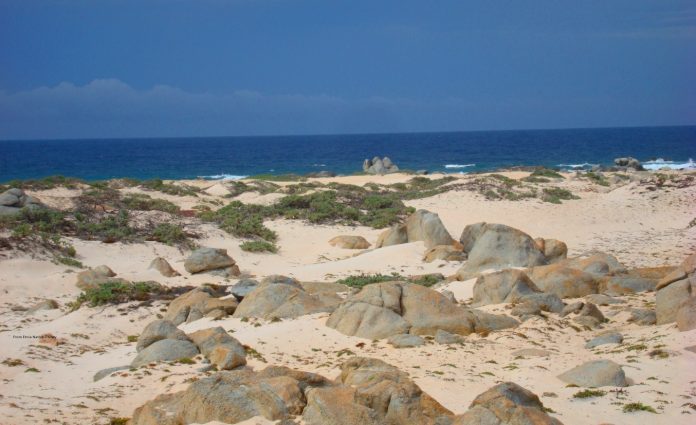Booking a magical glimpse inside Etnia Nativa
Article by Etnia Nativa call us 592 2702 and book your experience!
The narrative shared through Etnia Nativa emphasizes the importance of reclaiming and recognizing the island’s cultural roots and heritage, which have often been overshadowed by colonial history. The platform actively engages in promoting the value of rediscovering native traditions, history and identity, while highlighting the importance of moving beyond colonial influences or submissive behavior.
In this episode we will share a little about some areas of Aruba, known locally as “duinen” or dunes in English. This word came to the English language from the French language, which in turn comes from the Middle Age Dutch dūne and is today known as “duin/duinen” in Dutch.
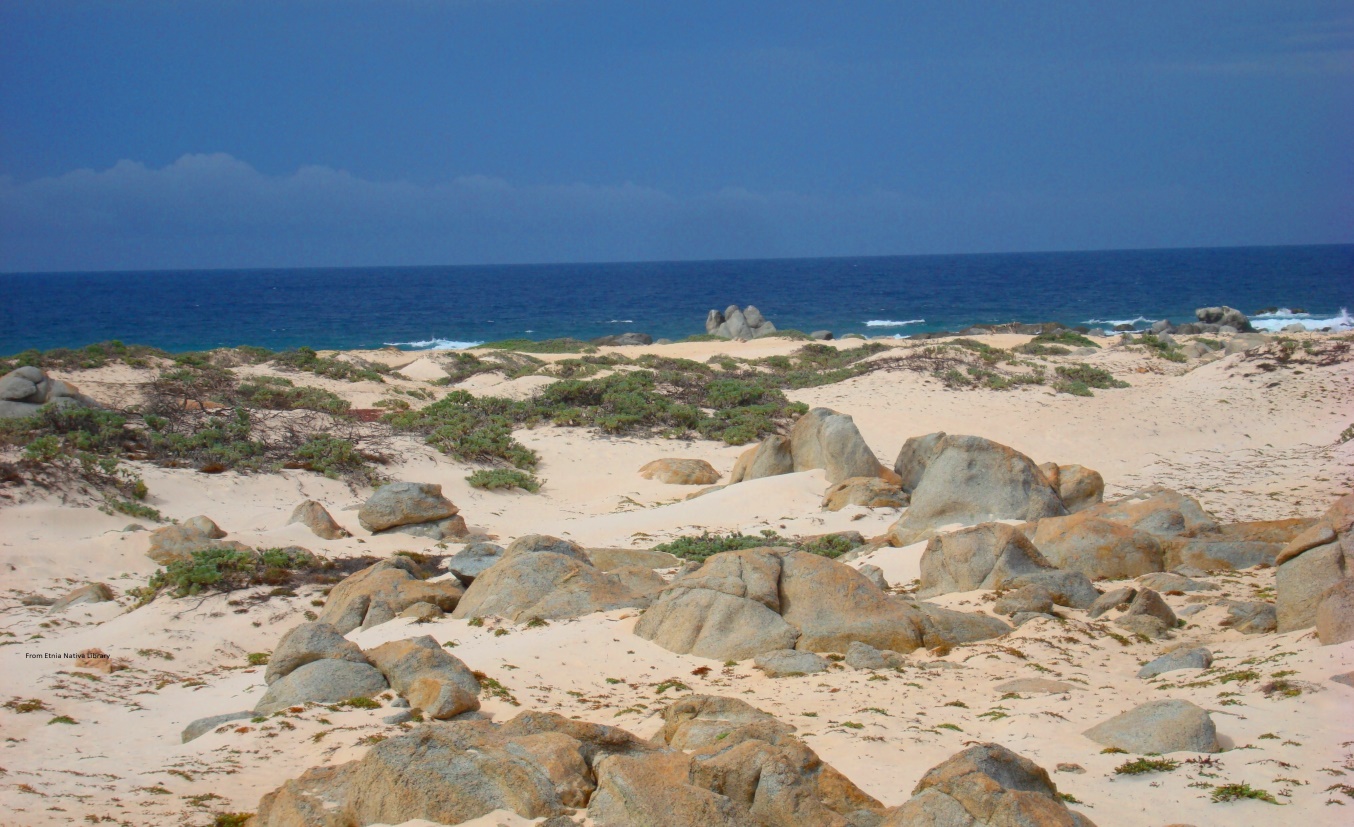
Now a dune is a landform, a large mass of wind-blown sand. Dunes are common in deserted environments and near beaches. All of Aruba’s dune areas are protected by law which prohibits motor vehicles from riding on them, like those in California, behind Hudishibana Lighthouse. We should thank our parrot fishes for their contribution, for those who nibble on and feed from corals and spit out the crusher calcium as sand, which in its turn will eventually be picked up by the wind and accumulates all behind the beaches forming these clear white dunes.
Some coastal areas have one or more sets of dunes running parallel to the shoreline directly inland from the beach. The dunes are important in protecting the land against potential ravages by storm waves from the sea. Although the most widely distributed dunes are those associated with coastal regions. The largest complexes of dunes are found inland in dry regions and deserts, associated with ancient lakes or sea beds.
Dunes are made of sand-sized particles, and may consist of quartz, calcium carbonate or gypsum. The upwind/upstream/up current side of the dune is called the “stoss side”. The down flow side is called the “lee side”. Sand is pushed or bounces up the cross side, and slides down the lee side. The side of a dune that the sand has slid down is called a slip face.
As a dune forms, plant succession occurs. The conditions on an embryo dune are harsh, with salt spray from the sea carried by strong winds. The dune is well drained and often dry, and composed of calcium carbonate from coral and seashells. Rotting seaweed, brought in by storm waves, adds nutrients to allow pioneer species to colonize the dunes.
In Aruba, some of these pioneer species are A- “Banana di rif”, Sesuvium portulacastrum is a sprawling perennial herb in the family Aizoaceae that grows in sandy clay in coastal and mangrove areas, coastal limestone and sandstone, tidal flats and salt marshes. It is native to Africa, Asia, Australia, Hawai`i, North and South America, and has naturalized in many places where it is not native.
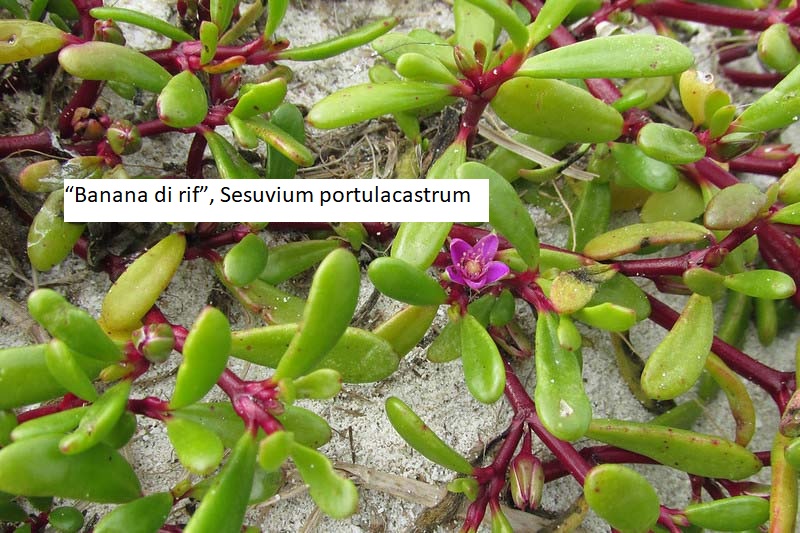
B-“Yerba marga” or “Tora”, Strumpfia maritima has a strong scent is found all around the coast.
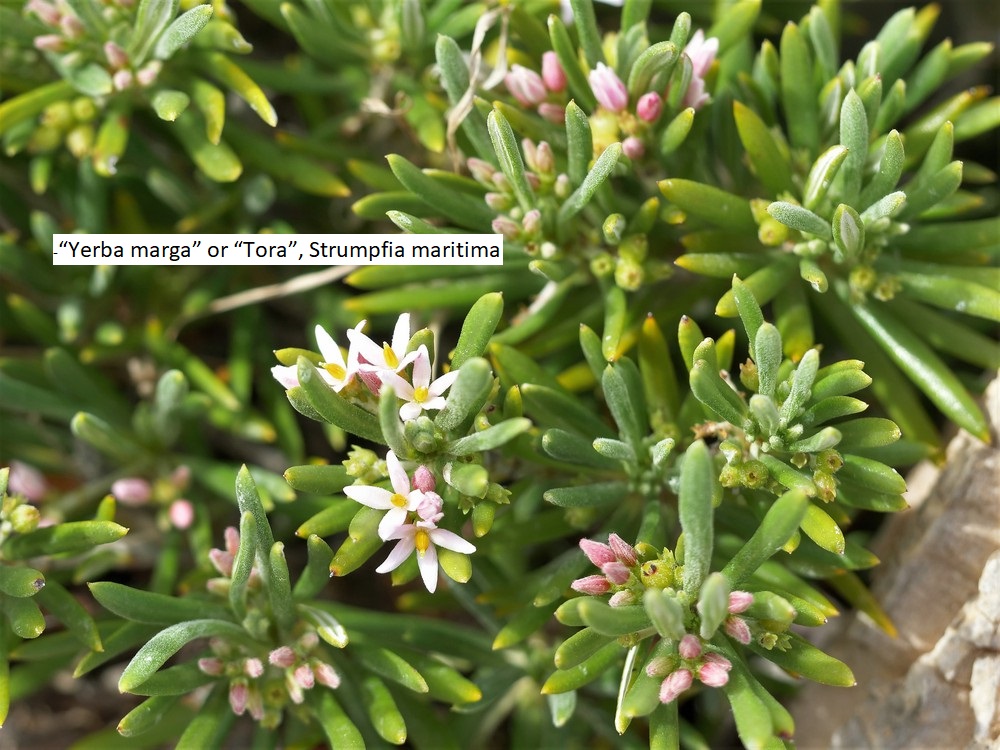
C-“Cocorobano”, Tournefortia gnaphalodes and also known as “sea lavender” is a species of flowering plant in the family Boraginaceae. It is native to Florida, Mexico, Central America, the Caribbean, Bermuda, northeastern Colombia, and Venezuela. A semi‑succulent evergreen shrub reaching 5 ft., it is typically found in coastal areas. Occasionally cultivated as an ornamental, it is often used for dune stabilization.
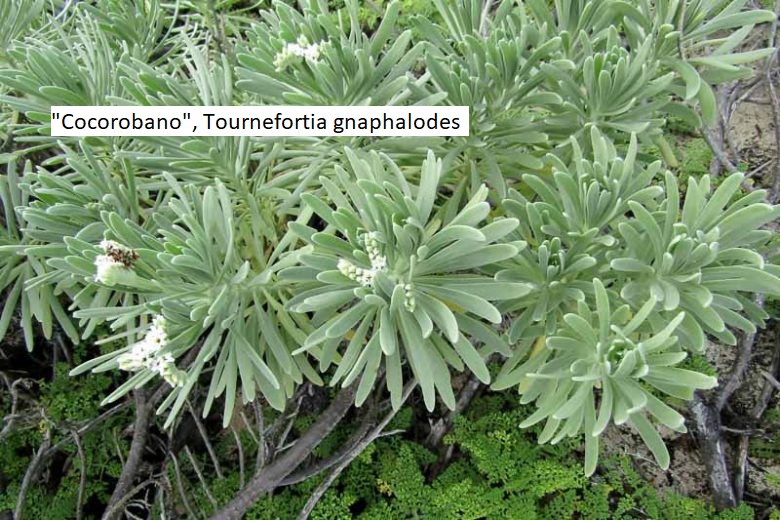
These plants are well adapted to the harsh conditions of the dunes, the aridity of the soil, the mobility of the loose sandy substrate, the low nutrients and the salinity. Few species survive in these extreme conditions, but these habitats should not be underestimated for this reason.
As we move away from the sea, the intensity of the wind, the saline spray and the mobility of the substrate are reduced. This makes the environmental conditions less extreme, which is used by a greater number of species.
The plant communities in the dunes are considered halophytes, that is, with vegetation that lives in soils with a high content of soluble salts. The predominant fauna of the coastal dunes are insects such as bees, wasps and ants, beetles, flies, spiders, seabirds and also lizards.
If you enjoyed reading our stories and are interested in learning more regarding the true identity, we recommend you to book a visit to Etnia Nativa—the only “living museum of its kind in the Caribbean”—a fascinating choice, a trend setter since 1994 and co-founder of Aruba National Park, Archaeological Museum Aruba and Artisan Foundation among others. Etnia Nativa shares valuable knowledge and connects you to the ancient island’s spirit and soul.
Whats App +297 592 2702 etnianativa03@gmail.com


